ECUADOR: Birding or Photography - 10 Day Central Ecuador
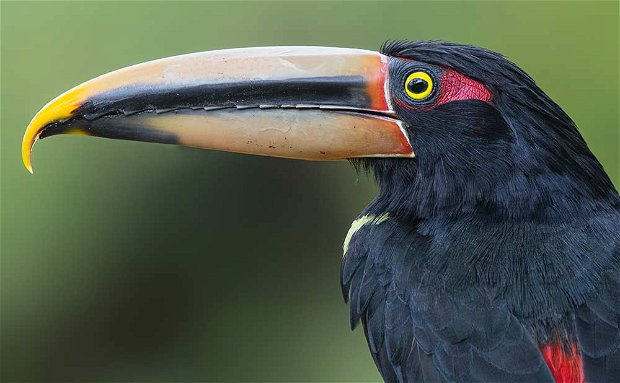
With an impressive 1600+ bird species Ecuador is internationally known as one of the ultimate birding destinations. The country straddles the equator on South America’s west coast. Its diverse landscape encompasses Amazon jungle, Andean highlands and the wildlife-rich Galápagos Islands. In the Andean foothills at an elevation of 2,850m lies Quito, the capital, from where our trip will both commence and end.
Birding: Our specialist bird guides have years of experience to make this an unforgettable birding trip,
OR
Photography: Our Specialist Birding Photography focused trip in Ecuador includes:
- a highly recommended, experienced and knowledgeable local
photographer and bird guide to guide you through photography
challenges like backlit forest canopies and the low light forest floor
- four unique photographic insect & fruit photography hides/blinds
- hummingbird remote flash photography training
- macro photography training
- close-up photographic encounters
- incredible landscape photographic opportunities
Multiple visits to Ecuador is needed to explore all of it's diverse habitats. On this trip we will focus on Central Ecuador Cloud Forests and the Andes where you will be introduced to some of the enigmatic and well sought-after species at close quarters.
Click here to see pictures from our latest trips
Itinerary tab directly below, next to the gallery tab
Gallery
Itinerary
Click on each day to see daily itinerary & target species
Day 1 Quito
You will be arriving in Quito on your international flight. Your transfer will meet you in the airport arrival hall from where it will be a short 20 minute drive to your accommodation for the night. Bird feeders attract hummingbirds and several other species around the accommodation.
*Some international flights to Quito arrive at midnight. If you need help with arranging additional accommodation for the night before the beginning of the tour please let us know.
Target birds: Blue and yellow Tanager, Scrub Tanager, Saffron Finch, Sparkling Violetear, Vermilion Flycatcher, Blue gray Tanager, Black-tailed Trainbearer Hummingbird
Day 2 Yanacocha
Our adventure starts early in the morning as we depart at 6:30am for the Mindo Valley. We will first head towards the northwest of Pichincha where we will visit the beautiful Yanacocha Nature Reserve. Our focus here will be on hummingbirds and mountain tanagers. Departing in the afternoon we will head south to the Mindo Valley and our accommodation for the night in Sachatamia Nature Reserve.
Target birds: Sword-billed hummingbird, Scarlet-bellied Mountain-Tanager, Black-cheeked Mountain-Tanager, Hooded Mountain-Tanager, Shining Sunbeam, Sapphire-vented Puffleg, Andean Guan, Tyrian Metal-tail.
Day 3 Full day Sachatamia
Sachatamia is a private, ecological reserve exceeding 120 hectares of cloud-rain forest. Our lodge is located in the Sachatamia Reserve renowed as one of the foremost in terms of the wealth of biodiversity, rich in flora and fauna. The reserve has attained first place in the annual count of bird species on a global level.
Today we will have a full day of photography at Sachatamia Lodge visiting a photographic hide with a moth feeder for insect eating birds. We will also focus on remote multi-flash hummingbird photography.
Target birds: Rufous-breasted Ant-thrush, Masked Trogon, Golden-crowned Flycatcher, Beryl-spangled Tanager, Booted Racket-tail, Violet-tailed Sylph, Velvet-purple Coronet, Collared Inca, Strong-billed Woodcreeper, Ornate Flycatcher
Day 4 The Birdwatcher's House
It is a short drive from Sachatamia to the Birdwatcher's House of Vinicio Perez. Located at an altitude of 1800 m the house is just off of the world renowned Nono-Mindo Road. A covered hide overlooking a clearing in the forest is lit by powerful lamps shining onto the surface of large white sheets pinned vertically on posts. Basically two huge moth traps – creating an artificially high concentration of food for the insect-eaters in the neighbouring jungle. As daylight breaks birds come to feast on all these moths. This gives us an extraordinary opportunity to watch forest birds that would normally be frustratingly difficult to observe. The same can be said for his other hide where the superbly placed natural-looking branches are stuffed with food to attract tanagers and toucans. This provides exceptional opportunities to photography.
Target birds: Strong-billed and Montane Woodcreepers, Lineated Foliage-gleaner, Streak-capped Treehunter, Spotted Barbtail, Spillman’s Tapaculo, Cinnamon Flycatcher, Smoke-coloured Pewee, Golden-crowned Flycatcher, Gray-breasted Wood-wren, Slaty-backed Nightingale Thrush, Uniform Antshrike, Yellow-throated Antpitta, Lemon-rumped, Flame-faced, Golden, Golden-naped, Black-capped and Blue-capped Tanagers and Plate-billed Mountain Toucan
Day 5 Milpe and Silanche
Today we will visit Silanche, a private reserve of the Mindo Cloudforest in the northwest of Pichincha and the unique bird watching tower .
Target species: Hook billed Kite, Ruddy Pigeon, Bronce winged Parrot, White tailed Trogon, Collared Trogon, Chocó Trogon, Lineated Woodpecker, green Kingfisher, Barred Puffbird, Chocó Toucan, Immaculet Antbird, Masked Tityra, Purple Throated Fruitcrow, Yellow tufted Dacnis, Bay headed Tanager.
In the afternoon we will visit Milpe Mindo Cloud Forest, located just 15 minutes from our lodge in Sachatamia. This is the best place for seeing Club-winged Manakin.
Target birds: Tawny-bellied Hermit, White-whiskered Hermit, Chocó Trogon, Club winged Manakin, Rufous Motmot, Rufous throated Tanager, Silver throated Tanager, Green Thorntail, Umbrella Bird, Golden headed Quetzal.
Day 6 Mashpi Shungo and Mashpi Amaguza
In Ecuador, the Mashpi Reserve is one of the few regions that encompasses both rainforest and cloud forest (as well as many other ecosystems). As you descend from the Andes traveling west, the montane forests give way to the cloud forest between 2,200 meters (7,218 feet) and at 900 meters (2,953 feet) above sea level. This cloud forest gradually transforms into a tropical, coastal rainforest that runs nearly all the way to Ecuador’s Pacific Coast. The total area of the Choco region (a major region in which the Mashpi Reserve is located) in Ecuador is approximately 47,000 km2 (18,146 mi2). The specific location of these forests makes it even more special since this area is the last foothill-forest that directly connects to the lower subtropical western forest of Ecuador. Its unique location makes it particularly attractive for birders looking for the highest biodiversity regions with choco endemic birds. 22 Choco-region Endemic species occur here.
Mashpi Shungo and Mashpi Amagusa Reserves are private reserve, a 2 hours drive away from Sachatamia. In the morning we will visit Mashpi Shungo, known for a unique feeding spot of Roufous Crowned Antpitta, and in the afternoon Masphi Amagusa.
Target birds: Rufous-crowned Antpitta, Toucan Barbet, Glistening-green Tanager, Moss-backed Tanager, Blue-winged Mountain-Tanager, Golden-collared Honeycreeper, Orange-breasted Fruiteater.
Day 7 Angel Paz and Alambi
We’ll begin by getting up before daylight and driving 30 minutes to a site where Cock-of-the-Rock is known to display. The lekking site is in the Refugio Paz de las Aves a reserve owned and managed by Angel Paz and his brothers. Angel is famous for pioneering a way of attracting antpittas to particular locations where they can be easily seen by visitors. The most famous of these is ‘his’ Giant Pitta called ‘Maria’. He calls her name and if she comes he rewards her with grubs. So, instead of wandering through these jungles with the vain hope of seeing an antpitta, we’ll be able to follow Angel or his staff to particular spots where, all being well, the birds will come to us. In addition to Maria, we might also be introduced to ‘Shakira’, an Ochre-breasted Antpitta famous for her gyrating hips as well as a Moustached Antpitta, a Chestnut-crowned Antpitta, several Dark-backed Wood-Quails and ‘Pepito’ a Rufous-breasted Ant-thrush – all ‘impossible’ birds made possible by Angel and his staff. We will also keep an eye open for other species occurring in the reserve.
In the afternoon our birding will take us to Alambi Nature Reserve. The more remote parts of the reserve are home to larger animals such as Spectacled Bear, Jaguarundi, Puma, 4 species of Guan, to date 250 species of birds have been recorded at Alambi. This is one of the highest totals for a single private reserve in the region. This is because Alambi covers a large range of altitudes (1450-2200masl), with several different habitats. The property sits over two major valleys – the Alambi (or Tandayapa) Valley, which comprises pockets of primary forest among regenerating forest and pastureland, and the virgin Goaycape Valley, which is all untouched primary forest.
Target birds: Cock-of-the-rock, Rufous-fronted Wood-Quail, Yellow-breasted Antpitta, Moustached Antpitta, Ochre-breasted Antpitta, Tawny-bellied Hermit, White-whiskered Hermit, Chocó Trogon, Club winged Manakin, Rufous Motmot, Rufous throated Tanager, Silver throated Tanager, Green Thorntail, Umbrella Bird, Golden headed Quetzal
Day 8 Antisana and Papallacta
The Antisana Reserve is probably one of the best places for wildlife photography in the Ecuadorian Andes. We will also have opportunities to photograph landscapes and birds of prey.
Target birds: Andean condor, Black-faced Ibis, Variable Hawk, Black-chested Buzzard-Eagle, Giant Hummingbird, Carunculated Caracara, Curve-billed Tinamou, Andean Lapwing
Lunch will be at Tamba Condor with beautiful views of the Andes paroma. In the afternoon we will have time to visit Papallacta nestled in a high Andean Valley.
Target birds: Rufous bellied Seedsnipe, Tawny Antpitta, Red crested cotinga, Rainbow bearded Thornbill, Ecuadorian Hillstar, Purple backed Thornbill, Blue mantled Thornbill, Variable Hawk, Yellow Breasted Antpitta.
Day 9 Full Day Guango
Today we will have a full day in Guango located in the eastern foothills of the Andes. Our location is near to Papallacta mountain pass, Papallacta lagoon and Las Antenas. Visititing the forested slopes and streams will allow us to obtain different species of the páramo region with Torrent Duck and White-capped Dipper high on our list of species to see. This is also the best area for observing the Spectacled Bear.
Target birds: Torrent Duck, Hooded Mountain Tanager, Turquoise Jay, Sword-billed Hummingbird, White-capped Dipper, Andean Potoo, Chestnut-breasted Coronet, White-bellied Woodstar, Long- tailed Sylph
Day 10 Baeza and departure
Depending on your departure flight today we may have time to visit Beaza in the morning which lies further down the road, south-east of Guango. Our morning will constitute visiting special hummingbird feeders with great photo opportunities before returning in the afternoon to Puembo Birding Garden for your transfer to the airport or other destination. Dinner will be provided if you have a late night flight.
*Please inquire if you'd like to book and extra night
Target species: Green Hermit, Long tailed sylph, White Tailed Hillstar, Violet fronted Brillant, Booted Rackettail (Peruanus - this species has orange boots).
Rates
Birding in Ecuador is not seasonal and is excellent all year round.
Please inquiry for custom dates
Please inquire for rates
Included: Transfers to and from airport, specialized photography guide, all meals, all accommodation, entrance fees to reserves and national parks, transport, bird list
Excluded: International flights, soft drinks, alcoholic beverages, travel and medical insurance, laundry or any other additional services, tips.



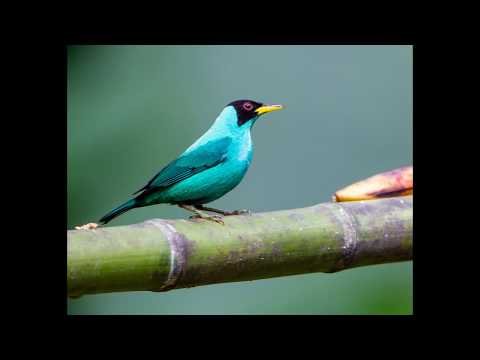
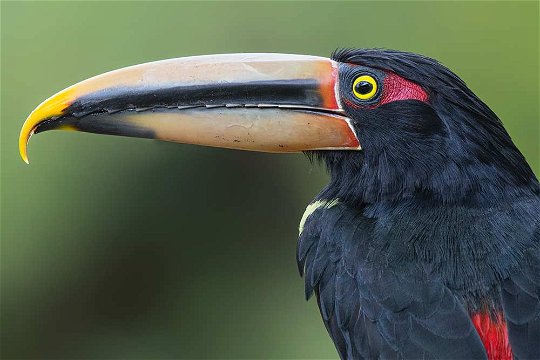


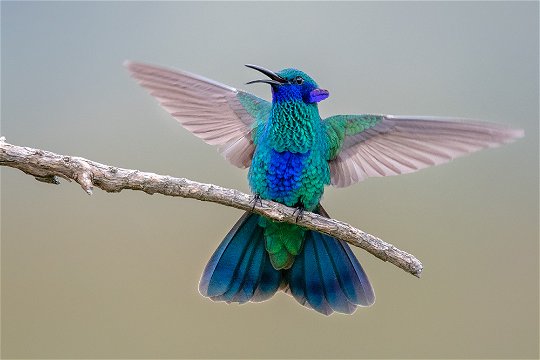
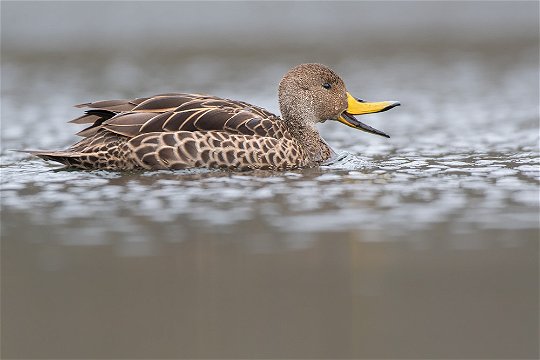

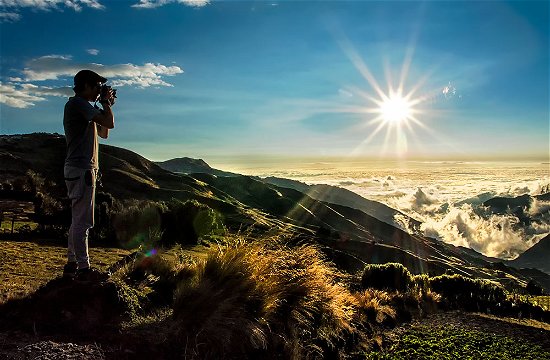
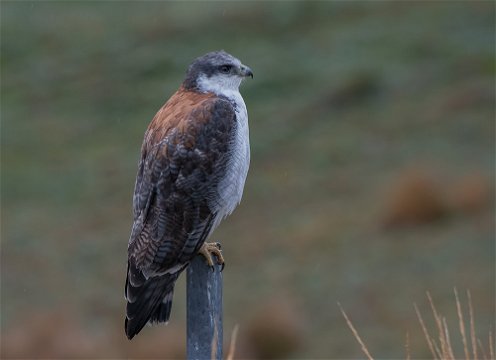
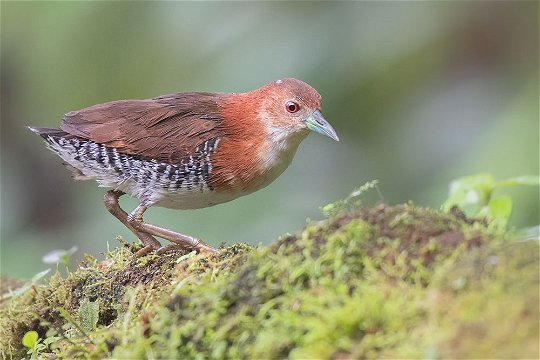
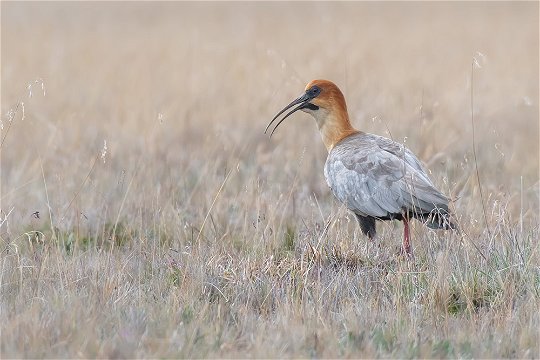
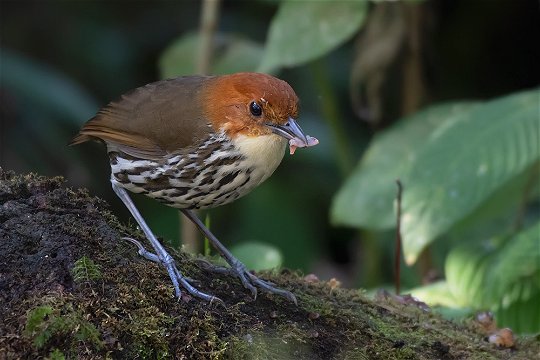
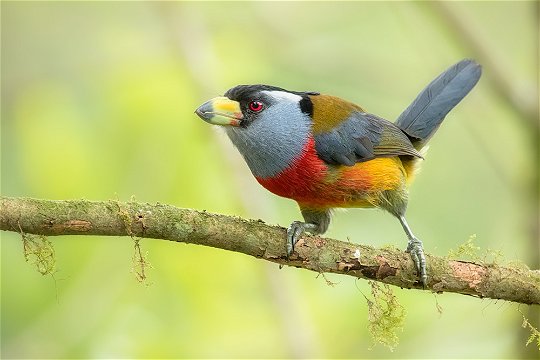
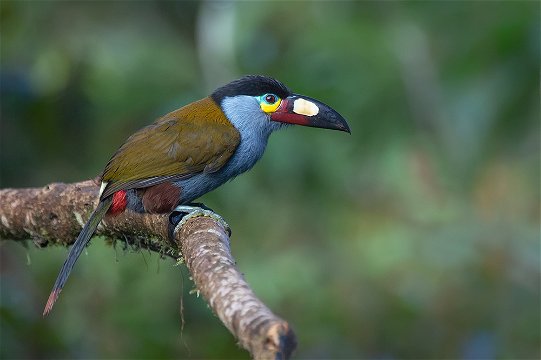
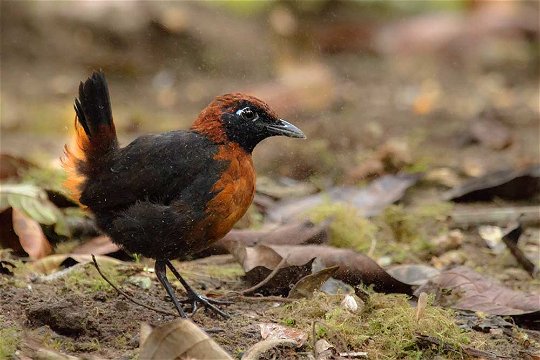
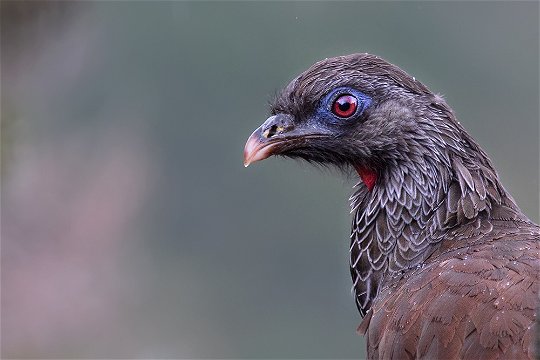
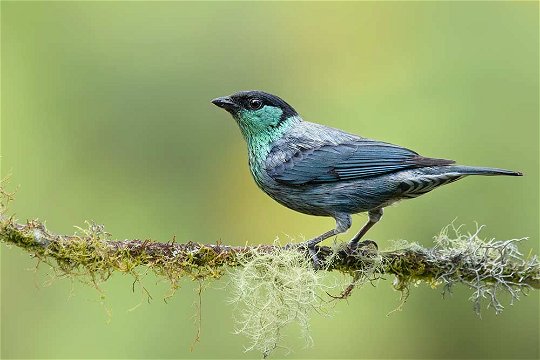
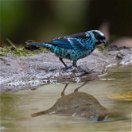
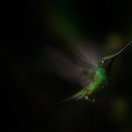

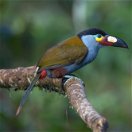
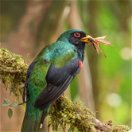
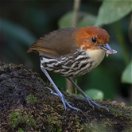
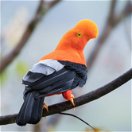
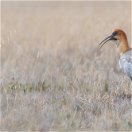
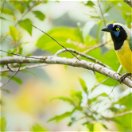
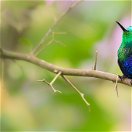
Share This Page